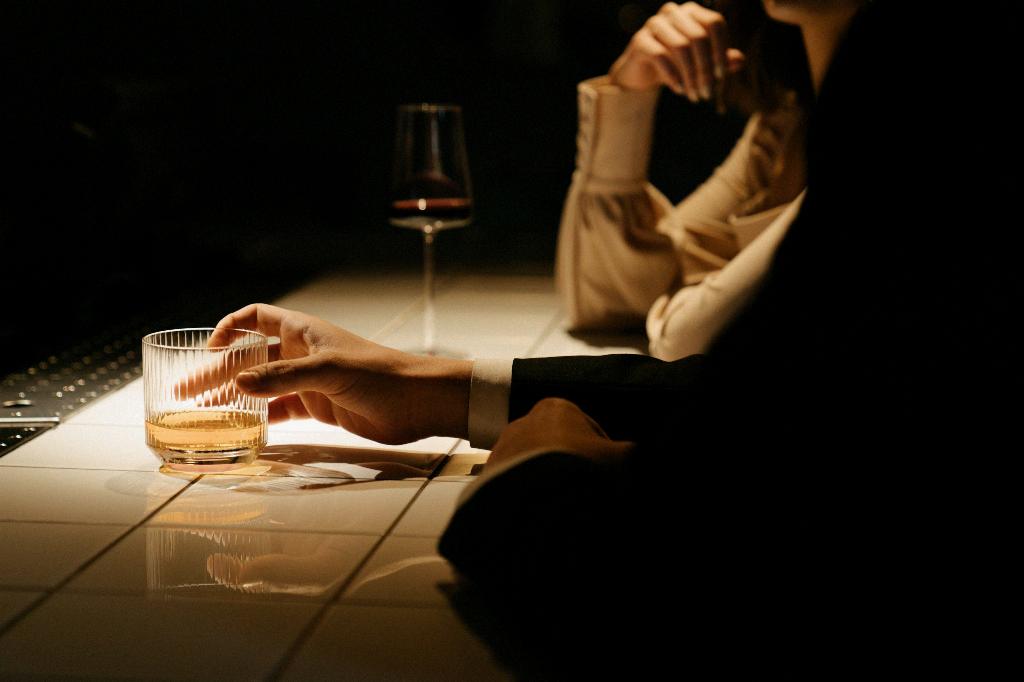Whiskey is a beloved alcoholic beverage known for its rich flavors and cultural significance. It has gained popularity across the globe, with various styles and brands catering to different preferences. When it comes to understanding whiskey and other liquors, one essential aspect to consider is liquor strength. In this article, we will delve into the world of liquor strength and explore the concept of the weakest liquor options available.
Understanding Alcohol by Volume (ABV)
Liquor strength is commonly measured by its Alcohol by Volume (ABV) percentage. ABV refers to the amount of pure alcohol contained in a given volume of the beverage. This measurement plays a vital role in determining the potency of the drink. Different types of liquors have varying ABV percentages, which influences their overall strength and potential effects on the consumer.
Characteristics of Whiskey Strength
Several factors influence the strength of whiskey. The distillation process, for example, impacts the ABV percentage of the final product. Additionally, the types of grains used in whiskey production can contribute to its strength, with certain grains having a higher sugar content that yields a higher alcohol content. Furthermore, the maturation period of whiskey can also affect its alcohol content, as the spirit may absorb flavors and tannins from the aging casks.
Exploring Weaker Liquor Options
When comparing different liquors, it’s essential to note that some options are considered weaker in terms of alcohol content. Weaker liquors typically have lower ABV percentages compared to their counterparts. These liquors offer a milder flavor profile and are often preferred by those who enjoy a more relaxed and easy-drinking experience. Examples of weaker liquors include beer, wine, and cider, which generally have ABV percentages ranging from 4% to 12%.
Comparing the Weakest Liquors
Let’s take a closer look at some of the weakest liquors available. Beer, for instance, typically has an ABV ranging from 4% to 8%. This popular alcoholic beverage comes in a wide variety of styles and flavors, catering to different taste preferences. Wine, on the other hand, usually has an ABV ranging from 12% to 16%, depending on the specific varietal and region of production. Cider, a refreshing and fruity option, typically falls into the 4% to 8% ABV range.
Other Factors to Consider When Choosing Liquor
While liquor strength is one aspect to consider when selecting a beverage, it’s important to remember that personal preferences and taste profiles should also play a role in decision-making. Additionally, the compatibility of a specific liquor with certain cocktails and mixed drinks should be taken into account, as different flavors and textures can enhance or mask certain characteristics. Lastly, responsible drinking practices and health considerations should always be prioritized to ensure a safe and enjoyable experience.

Conclusion
Understanding the concept of liquor strength, including the weakest options available, is crucial for making informed choices and enjoying the perfect drink for any occasion. From beer and wine to cider, there are plenty of weaker liquor options to suit various tastes. By considering factors such as personal preferences, cocktail compatibility, and responsible drinking practices, individuals can make the most of their drinking experience while savoring the flavors of their preferred weak liquors.
